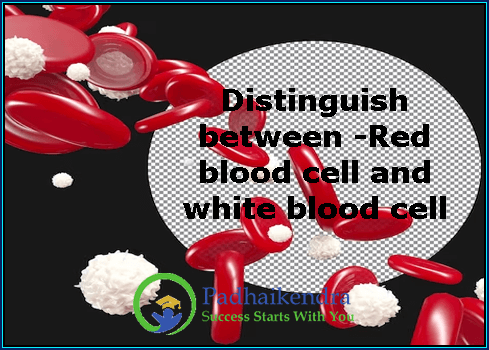Red blood cells (RBCs) and white blood cells (WBCs) are two different types of blood cells with distinct functions and characteristics:
- Function: The main function of RBCs is to transport oxygen from the lungs to the body tissues and remove carbon dioxide from the body. In contrast, the main function of WBCs is to defend the body against infections and foreign invaders by detecting and eliminating them.
- Shape: RBCs are disc-shaped and have no nucleus, while WBCs are irregularly shaped and have a nucleus.
- Color: RBCs appear red due to the presence of hemoglobin, a protein that binds to oxygen and gives blood its red color. WBCs are colorless and transparent.
- Number: RBCs are much more abundant in the bloodstream than WBCs, with a typical ratio of 700:1.
- Lifespan: RBCs have a lifespan of about 120 days, while WBCs can live for several days to several years, depending on the type.
- Production: RBCs are produced in the bone marrow, while WBCs are produced in the bone marrow and lymphoid organs.
Overall, the main differences between RBCs and WBCs are their function, shape, color, number, lifespan, and production site.





